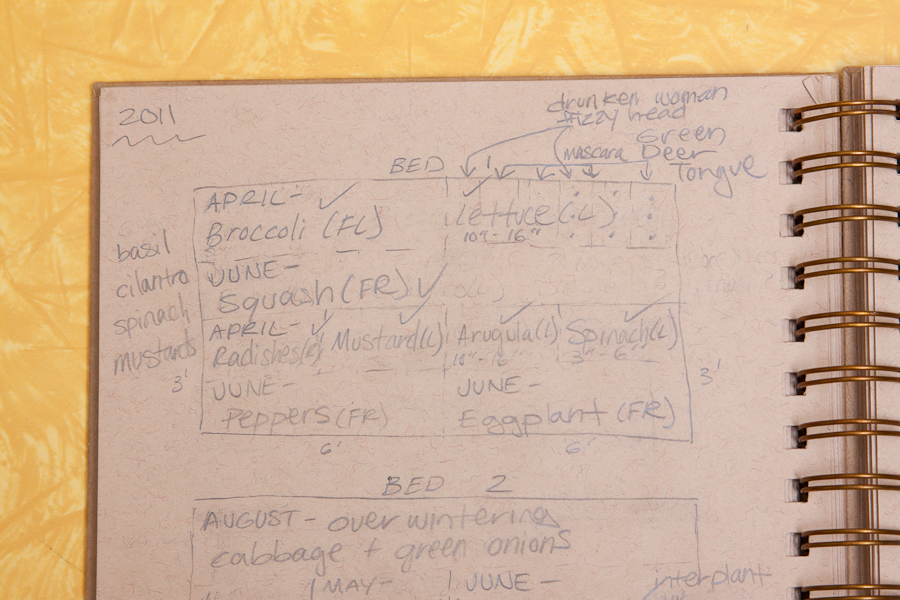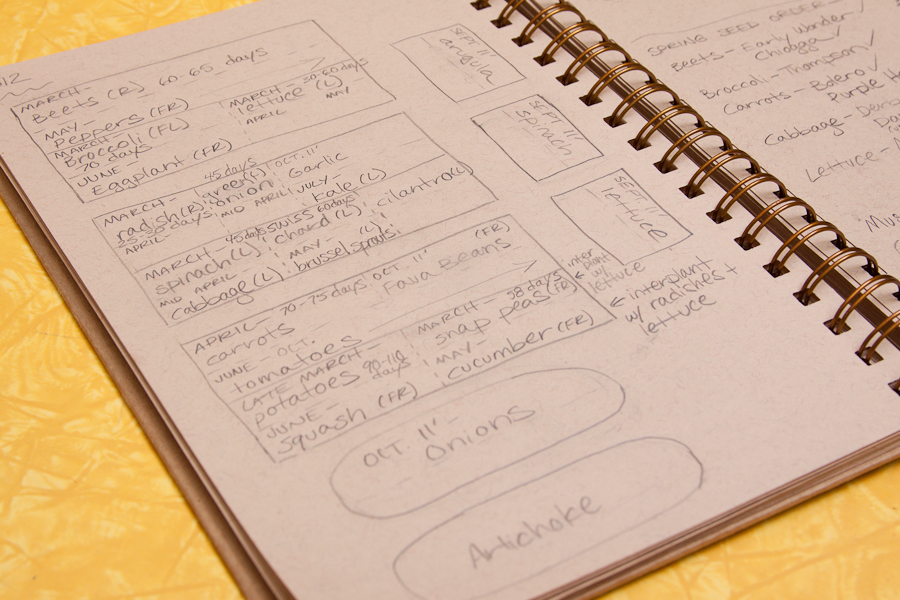Cheap Tramadol Overnight Cod In the northwest, if you cover your soil with a cloche, or plastic, early enough in the season for the ground to dry and warm up a little, planting peas by President’s Day is a possibility. I tend to plan my garden around President’s Day and start planting soon after. I planned my garden last weekend.
go to link I’m not going to go into detail about rotating crops, since that is a huge, sometimes confusing, topic in and of itself. I try to rotate leaf, flower, fruit and root crops as much as possible. I try not to plant the same thing in the same spot, year after year. By the time I do all that and come up with plan that seems like it’ll work, I haven’t even paid attention to what plant families everything is in. So my method of crop rotating could probably use some improvement. Crop rotating is really a puzzle.
https://bettierose.co.uk/h8y2yg195 I also won’t show you a scaled garden map on graph paper. All I do is draw a few rectangles for my raised beds, some squares for my cold frames and a couple of ovals for my feed troughs.
go to link What I will show you are my secret weapons of garden planning- my arsenal of books that I rely on.
go site https://www.pslra.org/u61hlo4fc0 My Garden Journal
http://lisapriceblog.com/yik9yh21 It has been recommended to me, in all my training, to keep a garden journal. So I have been keeping one ever since I started gardening. It’s so useful in so many ways, one of them being garden planning. Not only can I make a plan for what I am going to plant and when, but I can look back at previous years’ plans and notes. I can look at things like, what I planted, when I harvested, what was quicker or took longer to grow than I thought, what did well and what didn’t, and what kind of pest problems I had. All those factors help inform my plan for the current year.
follow site I write in pencil, since things can and will change. Sometimes I do a rough plan and then write in what I actually planted, if it’s different. Sometimes a crop takes longer, so if a Spring crop is still in, where I was going to plant a Summer crop, I will plant that Summer crop later or somewhere else, if possible.
Order Tramadol Paypal https://www.amyglaze.com/db3x38gzp The Maritime NW Garden Guide
http://foodsafetytrainingcertification.com/food-safety-news/ql8y33ek90 You can buy it from Seattle Tilth or it’s free if you take the Comprehensive Organic Gardener Class. It contains month by month info on what to plant and where (as in inside, outdoors or under a cloche) and what varieties do best in the Pacific NW.
go to site Sprinkled between each month is info on crop rotating, season extending, pest management and more. In the back there is a handy herb and vegetable planting guidelines chart, organized by approximate harvest season info, spacing info seed life, etc.. I use this chart a lot for garden planning.
https://thelowegroupltd.com/qu0864nqx http://geoffnotkin.com/laygu/buy-diazepam-in-uk-online.php Rodale’s Ultimate Encyclopedia of Organic Gardening
Buy Valium Europe Alphabetical by not only plant, but subject, this book has info on all things related to organic gardening. A quick flip through the book, brought up some of my much read entries, such as cold frames, companion planting, composting, container gardening, drip irrigation, garden design, fertilizing, season extension, seed starting, trellising, overwintering, and pest management, just to name a few.
https://tvnordestevip.com/e86j1pu The entries by plant are organized by types, planting info (fertilizer/amendment suggestions), growing guidelines (seed and row spacing, trellising needs if any), potential (pest or disease) problems and harvesting info.
enter https://valkyrieswebzine.com/nouvel/buy-cipla-diazepam.php Carrots Love Tomatoes: Secrets of Companion Planting for Successful Gardening
follow Carrots love tomatoes is about companion planting. I’m not sure I believe everything in this book and I don’t always do what it says. Some of it makes sense to me, like green onions planted with carrots act as a repellent for carrot flies. I understand the idea that planting things near each other that attract the same pests is a bad idea. This book is good for letting me know what to look out for and avoid doing, if possible. I also like that it suggests interplanting things together, like lettuce in between rows of peas or radishes in between cucumber rows. It’s great if those plants compliment each other and it also saves room! I also love the cute little picture on the back cover, of the author, Louise Riotte (1909-1998). She looked like a lady that knew what she was doing, so I will follow her advice as much as I can, for that reason alone.
follow Buy Valium From India Seed Catalogs
source url I love getting seed catalogs in the mail. Especially the Territorial Seed Company and the Abundant Life Seeds catalogs. They not only have a great selection of seeds and products, but I am a sucker for the illustrations. They are both out of Oregon and are now sister companies (due to a fire in 2003 that wiped out Abundant Life’s inventory). So their selection of seeds are based on the Northwest climate. Abundant Life’s seed are all certified organic.
http://foodsafetytrainingcertification.com/food-safety-news/hdbjste8vh I look for varieties that were recommended by the Maritime NW Garden Guide, if possible. I also pick based on the description and the picture. For example, I like to pickle cucumbers and green beans, so when picking a variety of those vegetables, I look for a description that says “good for pickling”. I have had good luck growing, and like to eat, loose leaf lettuce, so usually I pick a variety of that based on the picture. Sometimes, I pick varieties solely based on their color. I like to get one purple variety of carrot, usually “Purple Haze”. I always get “Bright Lights” (rainbow) Swiss chard. I have yet to grow blue potatoes, but I really want to. I love the red and white stripes of “Chiogga” beets. I swear it makes them taste better.
follow Deciding what variety I want to plant also informs my plan, since the description and/or seed packet should list the average number of days to harvest. I use that info to gauge, approximately, when I should be able to plant the next crop.
Buy Cheap Tramadol Overnight Delivery 
go Other Recommended reading:
go https://www.saiidzeidan.com/emhwfjv Growing Vegetables West of the Cascades by Steve Solomon
https://hereisnewyorkv911.org/j9yvbyr1fyp Steve Solomon was the founder of the Territorial Seed Company (He sold the company in 1985). There is definitely useful information in this book, though some of it seems to relate to larger scale gardening than what I do. His musings on the importance of “hoe leaning” and his explanation of companion planting (if you believe in it, it’ll work for you), make the book totally worth the read.
https://www.pslra.org/ec21xdvm What are your favorite gardening books ? Do you have any tips or tricks you use for garden planning? I am a total nerd for books and love to immerse myself in reading and research, so I would love to hear what resources you use to plan your garden!




source url Hi Lilly! I’m so happy you are sharing your green thumb expertise- congrats on the website!
We are planning (and are already probably behind) on doing one or two raised beds this year. For beginners, are there veggies that you would recommend over others? I know Colorado gardening can be completely different from Washington, but what are your favorite, hard-to-kill veggies?
In case someone is also in Colorado, I plan on using the CSU Colo. Master Gardener Program’s online info a lot: http://www.cmg.colostate.edu/gardennotes.shtml
Buy Real Valium Online Hi Dre!
Good to hear from you! Glad you like the blog. I don’t know much about Colorado, gardening or otherwise. Matt said it is cold and dry and then hot and dry there, so it sounds like watering might be the key! I would also say plant your lettuces early before it gets too hot. I know that even here it is sometimes hard to get lettuce to germinate in the summer because the seeds dry out so fast. I bet you could have an awesome salsa garden though (tomatoes and peppers). I bet you can do all the warm season veggies that I struggle with here, like eggplant as well. I can only get smaller eggplant and pepper varieties to mature before it gets too cold. Can you grow any citrus fruits there? Or melons? Anyway, let me know how it goes!
Cheap Tramadol Cod Delivery Dry is the name of the game for sure. I’ll definitely note your advice on lettuce and get that going soon. I wasn’t thinking of melons, but I think people do well with those here. Tomatoes are tricky I’ve heard, so I think I’ll hold off this year, but peppers are a great idea. I think we’ll also try garlic, zucchini, another yet-to-be determined squash (the boys like spaghetti), peas, carrots. It snowed last night (not a lot), so I’m not feeling that far behind anymore. And we’ll take all the precip we can get.
https://www.accessoriesresourceteam.org/art/buy-diazepam-cheap-uk.php Hi Lilly!
Mary just sent me the link to your blog. It is great! Where on earth do you live that you are able to do all of this wonderful gardening and other things? Mary and I very recently (past 4 months) moved into the country (Big Valley Rd) outside of Poulsbo. Our place was part of an 80 acre farm. Our place is 5 acres and we are going to be doing a lot of gardening as well. I love your planning stuff. I am doing similar stuff. I will look through your pages and hopefully you will be able to help me. My learning curve is vertical as I am a city guy with virtually no “country” experience. I do however have a lot of enthusiasm.
source site Are you still roller-blading with the RCR?
Tramadol Next Day Visa Happy new year.
Best Regards,
Joel
https://www.prestoavenuedesigns.com/save/buy-diazepam-england.php Hi Joel! Good to hear from you. I live in the West Seattle/White Center area and am retired from the roller derby. That’s why I have so much time for gardening, cooking and crafting now!
I don’t have a huge yard or anything, but I also don’t have any grass anymore. The main garden is in the front yard and then the chickens, some containers and the berry beds are in the back.
5 acres, eh? That sounds manageable 😉 I have learned as I go as well and certainly don’t know it all.
Seattle Tilth’s garden hotline is also a good resource and one I often turn to, if I am stumped.
Gardening is very trial and error and that is part of what I enjoy about it. If you make a mistake or kill something, you’ll learn from it and then you can try something different the next year!
Don’t hesitate to contact me if you have any questions, I will try answer them the best I can. And say hi to Mary for me!
https://tvnordestevip.com/6usj5apca We were just talking about needing to do this!!
Buy Diazepam Online Australia Ack! Presidents day just came and went and I haven’t even built my garden beds!! But maybe i’ll sneak some peas in somewhere this weekend! Glad I revisited this post. It reminded me I am late as usual:)
Order Tramadol Online Uk You are not late! I haven’t done anything yet. It was snowing just a couple of weeks ago. In the Pacific Northwest, peas by President’s Day is a pretty ambitious and not always reasonable goal!
Buy Diazepam Usa I enjoy re-reading Solomon’s ‘hoe-leaning’ bit a few times a season, it’s an important part of gardening! Looking forward to following your blog Lilly!